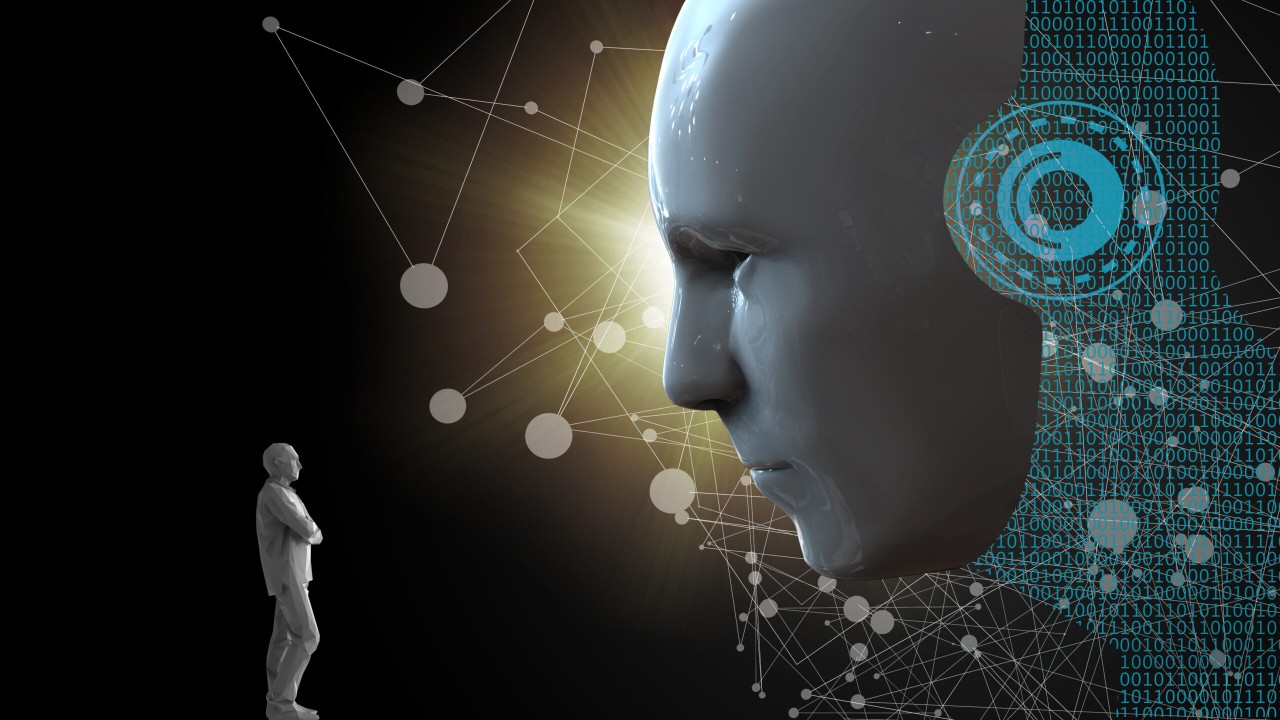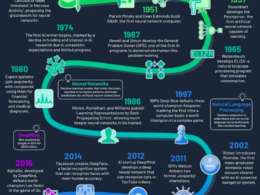the health
transformation
knowledge portal
Joaquim Cardoso MSc
Founder and Chief Researcher, Editor & Strategist
March 21, 2024
What is the message?
As AI technology evolves, developers are leveraging advancements to automate complex processes involving large language models like OpenAI’s GPT-4.
The emergence of autonomous agents, equipped with traditional software interfaces, showcases innovative approaches to harnessing AI for diverse tasks and objectives.
What are the key points?
Automation through Autonomous Agents:
Developers are utilizing autonomous agents to streamline tasks by guiding GPT-4 towards predefined goals autonomously.
These agents effectively integrate traditional software practices with language models to achieve general objectives efficiently.
Classification of Tools and Applications:
Tools and applications for working with GPT-4 can be broadly categorized into Command Line Interface (CLI) and browser-based solutions.
CLI solutions, such as Auto-GPT and AgentGPT, offer advanced models for task management and goal achievement.
Browser-based platforms like Web-LLM and God Mode democratize AI autonomy, making it accessible to non-technical users.
Examples of AI Agent Tools:
Auto-GPT, developed by Toran Bruce Richards, pioneers autonomous AI applications, albeit with some limitations regarding complexity and cost.
AgentGPT enables users to configure and deploy custom AI agents for diverse tasks, emphasizing user-friendliness and accessibility.
BabyAGI, created by Yohei Nakajima, leverages OpenAI and Chroma for task prioritization and execution, showcasing AI-powered task management capabilities.
JARVIS / HuggingGPT combines language models and expert models for collaborative task execution, demonstrating the potential of AI-driven systems.
Implications and Concerns:
While autonomous agents offer promise, concerns persist regarding potential misalignment with human interests and the need for oversight.
Despite experimental phases, AI agents have shown impressive capabilities, yet caution is warranted due to the inherent risks associated with generative AI.

This article was published by and written by Javier Forero Ruiz on April 22, 2023.
As AI technology advances, developers are finding ways to automate many of the complex processes required to work with large language models (LLMs) like OpenAI’s GPT-4. One example is autonomous agents, which can generate a sequence of tasks that the GPT-4 can work on until it achieves a preordained goal. These AI Agents effectively add a traditional software interface to the front of the GPT-4, using well-known software practices to guide the language model to complete a general objective.
Tools and applications can be broadly classified into Command Line Interface (CLI) and browser-based solutions
I have compiled a non-exhaustive list of GitHub repositories (CLI) with advanced GPT-4 models:
You can see the impact on the GitHub community with the following start rating chart comparison:

Alternatively, browser-based platforms are revolutionizing AI autonomy, making it accessible to non-technical users (AI citizens) with a user-friendly interface right from their web browsers. This enables individuals without coding experience to harness the power of AI technology and contribute to the development of autonomous systems:
Please see more specific details of some of these tools below:
Auto-GPT is an experimental open-source application that showcases the capabilities of the GPT-4 language model. Created by Toran Bruce Richards, this program chains together LLM “thoughts” to autonomously achieve whatever goal you set. As one of the first examples of GPT-4 running fully autonomously, Auto-GPT pushes the boundaries of what is possible with AI. However, it has some limitations, including that it is not a polished application or product, may not perform well in complex real-world scenarios, and is quite expensive to run. Auto-GPT is the original application that set off a flurry of other AI agent tools.

AgentGPT allows you to configure and deploy autonomous AI agents. You can name your own custom AI and have it embark on any goal imaginable, attempting to reach the goal by thinking of tasks to do, executing them, and learning from the results. Assemble, configure, and deploy autonomous AI agents in your browser.

If you don’t have coding experience, AgentGPT and GodMode are more user-friendly applications for using AI agents.
BabyAGI created by Yohei Nakajima is another example of an AI-powered task management system that uses OpenAI and Chroma to create, prioritize, and execute tasks. It creates tasks based on the result of previous tasks and a predefined objective, using OpenAI’s natural language processing (NLP) capabilities to generate new tasks and Chroma to store and retrieve task results for context.
The script works by running an infinite loop that does the following steps:

JARVIS / HuggingGPT, A collaborative system that consists of an LLM as the controller and numerous expert models as collaborative executors (from Hugging Face Hub). The agent can use LLMs and other models. The workflow of the system consists of four stages:
- Task Planning: Using ChatGPT to analyze the requests of users to understand their intention and disassemble them into possible solvable tasks.
- Model Selection: To solve the planned tasks, ChatGPT selects expert models hosted on Hugging Face based on their descriptions.
- Task Execution: Invokes and executes each selected model and return the results to ChatGPT.
- Response Generation: Finally, using ChatGPT to integrate the prediction of all models, and generate responses.

While autonomous agents are promising, they also raise concerns about the possibility of AI systems misaligning with our interests. Despite this, artificial general intelligence (AGI) could represent an important step toward a world where AI-driven systems can work on their own without human involvement. By automating tasks using large language models like GPT-4, AI agents can change how we interact with AI technology and make it more accessible to people without coding experience.
“Autonomous agents, as promising as they are, might add even more fuel to the belief that the tech industry should somehow put large language model development on “pause” until the likely outcomes and risks are better understood.” FastCompany by Mark Sullivan
“These are all brand new applications, meaning they are very much in the experimental phase. People have already used AI agents to accomplish some pretty impressive tasks like building and executing sales outreach, writing a podcast script based on current events, and most impressive of all, ordering a pizza. But don’t expect them to automate your entire life yet. Generative AI is prone to hallucinations and errors, so it’s critical to monitor the tasks it’s working on.” Mashable by Cecily Mauran
To read the original publication, click here.












